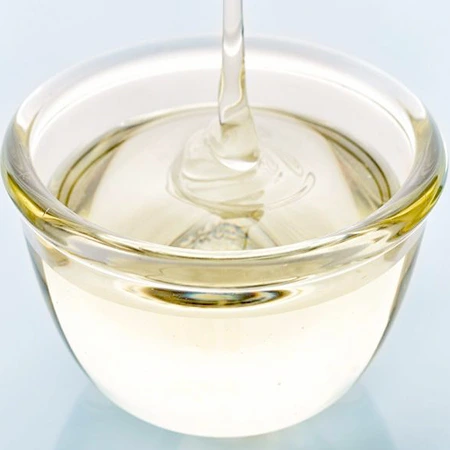IUPAC Name
(2S,3R,4S,5S)-Hexane-1,2,3,4,5,6-hexol
Cas Number
50-70-4
HS Code
2905.44.00
Formula
C6H14O6
Industry
Food Ingredients
Appearance
Clear Colorless Liquid
Common Names
Glucitol
Packaging
300 kgs HDPE drums
Brief Overview
Sorbitol liquid, also recognized as glucitol, is a sugar alcohol featuring a sweet taste and a transparent, colorless, thick liquid state. Derived from glucose, it undergoes slow metabolism in the body, positioning it as a low-glycemic index sweetener commonly utilized as a sugar alternative in a variety of food and beverage items, including sugar-free gum, confectionery, and baked goods. Beyond its role in the culinary domain, sorbitol liquid functions as a humectant, adept at attracting and retaining moisture, rendering it valuable in cosmetics and personal care formulations. Furthermore, it exhibits a laxative effect, contributing to its application in the pharmaceutical sector for alleviating constipation.
Manufacturing Process
Sorbitol liquid is commonly manufactured through the catalytic hydrogenation of glucose. This process begins by creating a solution with corn syrup and water. A nickel catalyst is introduced, and the mixture undergoes heating under pressure to initiate hydrogenation. Hydrogen gas is subsequently introduced into the reaction vessel, leading to the conversion of glucose molecules into sorbitol molecules through the addition of hydrogen atoms. After the reaction, the mixture is cooled, filtered to eliminate any remaining catalyst, and concentrated through evaporation to attain the desired sorbitol liquid concentration.
Food Industry
Sorbitol liquid finds extensive application in the food industry as a sugar alternative, owing to its low glycemic index, sweet flavor, and distinctive characteristics. It is a popular choice for sugar-free candies, chewing gum, and diet beverages, offering sweetness comparable to sugar without the accompanying calories.
Pharmaceutical Industry
Sorbitol liquid is frequently employed as an excipient or non-active component in numerous medications. Its sweet taste and moisture-retaining qualities contribute to enhancing the flavor and consistency of oral drugs like syrups and suspensions. Additionally, it serves as a diluent or additive in tablets and capsules, enhancing their flow characteristics and compressibility.
